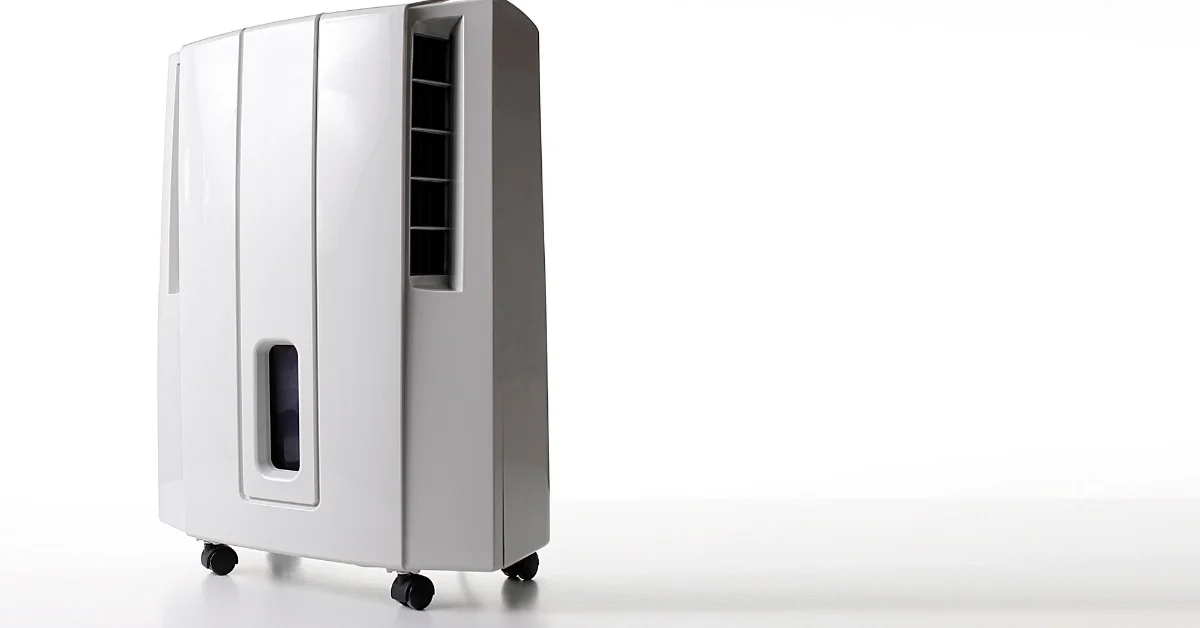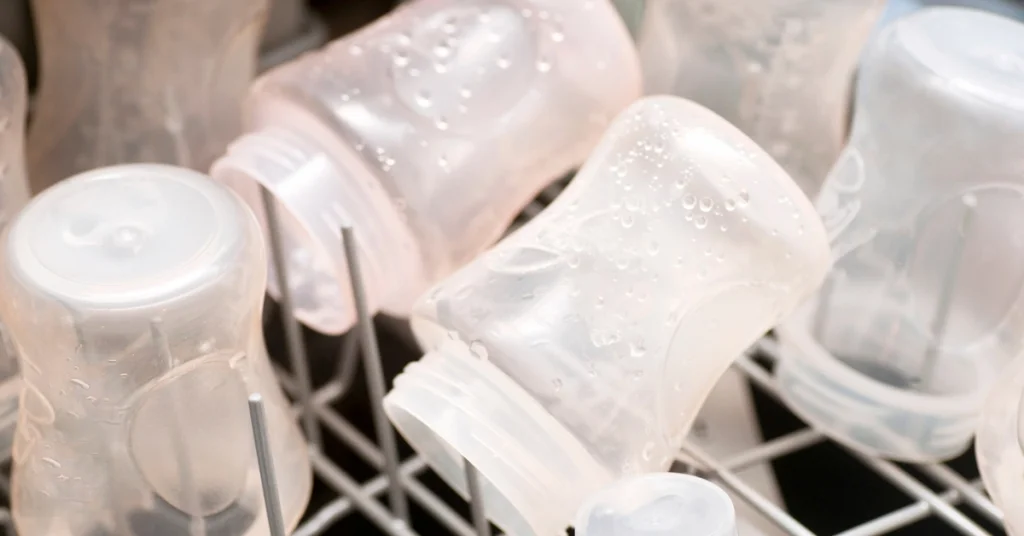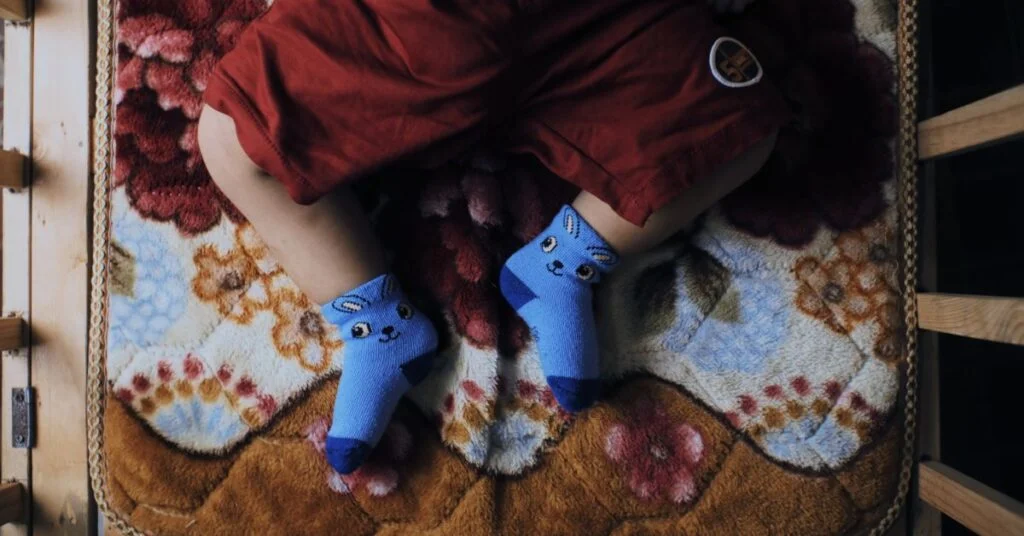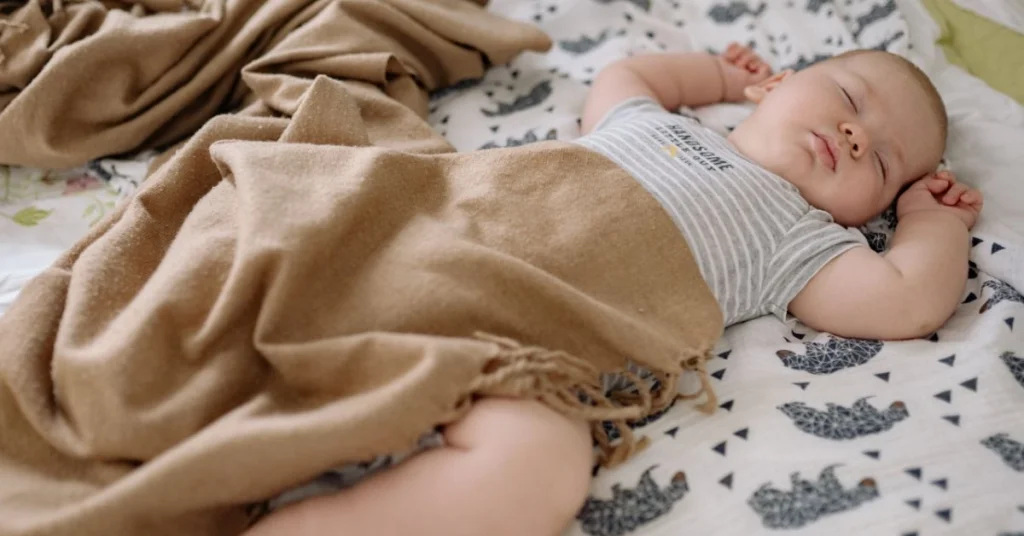Is your baby’s room too humid? Here’s how to choose the best dehumidifier for Your baby’s room.
The products mentioned on this page were independently selected by Babycious editors. As an Amazon Associate, Babycious may earn a commission from qualifying purchases.

When it comes to creating a comfortable and healthy environment for a baby, one of the key considerations is humidity. High levels of moisture in the air can create an ideal breeding ground for mold and other harmful bacteria. It can also exacerbate respiratory problems, such as asthma. For these reasons, it is important to choose a dehumidifier that is appropriate for use in a nursery.
Dehumidifiers that can be used in a baby’s room are often smaller and quieter than standard models, making them less likely to disturb a sleeping child. They also usually have features that make them easier to use and maintain.
With so many different options on the market, choosing the right dehumidifier for a baby’s room can seem daunting. However, by keeping a few key factors in mind such as the size of your baby’s room, the humidity levels inside your home, and the climate you live in, you can make an informed decision when it comes to choosing the best dehumidifier for your baby’s room.
Types of Dehumidifiers
There are several types of dehumidifiers to choose from. The two main types are refrigerant and desiccant dehumidifiers. They differ in the way they work to effectively dehumidify a space.
Refrigerant Dehumidifiers
Refrigerant dehumidifiers are the most common type of dehumidifier. They work by drawing in air and passing it over a cold coil. This causes the water vapor in the air to condense and collect in a tank.
This method of dehumidification is the one used in most standard home dehumidifiers. It is also the most energy-efficient type of dehumidifier, making it a good choice for parents looking to save on their energy bills.
These dehumidifiers are most effective in warm and humid climates and are very efficient in reducing humidity in most homes.
Desiccant Dehumidifiers
The main issue with refrigerant dehumidifiers is that they gradually lose their efficiency as the temperatures drop and they simply won’t work in very cold conditions. That’s because the cold coils need to be colder than the room’s temperature.
Enter desiccant dehumidifiers. This type of dehumidifier works by drawing in air and passing it over a drying agent, such as silica gel. This absorbs the water vapor in the air, which is then discharged outside.
Desiccant dehumidifiers can therefore be used in conditions where the temperatures can drop below freezing point, as they are less likely to frost over. This is an option to consider for garages or unheated rooms.
A refrigerant dehumidifier will likely be your best pick for a baby’s room. It’s a widely available product and will work just fine in a typical home. You’ll want to consider a desiccant dehumidifier only in case you live in a very cold climate and your baby’s room is not heated.
What Dehumidifier Capacity Do You Need?
There is a dehumidifier for every size room, so it is important to take the square footage of your baby’s room into consideration when making a purchase. If you have a small nursery, you might be able to get away with a smaller, portable dehumidifier. If you are room sharing with your baby or with siblings and have a larger space, you will need to consider getting a dehumidifier with a higher capacity.
Portable Dehumidifiers vs Whole-House Dehumidifiers
Portable dehumidifiers are small and easy to move, making them ideal for small spaces like a baby’s room. However, they need to be frequently emptied, and they can be noisy.
They come in different capacities that can cover anywhere from 20 to 70 square feet. When choosing a portable dehumidifier for your baby’s room, you need to consider the square footage of your baby’s room and the amount of moisture present in the air.
On the other end of the spectrum, whole-house dehumidifiers are larger and more expensive, but they are less likely to need to be emptied as often, and they can be very quiet and very effective if you live in a very humid climate.
Whole-house dehumidifiers are installed in the ductwork of the home and work with the central heating and cooling system. These dehumidifiers are most effective in homes that have a high humidity level throughout.
Pint Capacity of The Dehumidifier
Dehumidifier capacity is determined by the amount of water the dehumidifier can remove from the air over a 24-hour period. This is measured in pints. For example, if you have a 20-pint dehumidifier, it can remove up to 20 pints of moisture from the air in a day.
A higher capacity does not necessarily mean that the dehumidifier is better. It just means that it can cover a larger space or remove more moisture from the air in a day.
If you have a small baby’s room, you might be able to get away with a portable dehumidifier that has a capacity of fewer than 25 pints. If your baby’s room is on the larger side or if you live in a humid climate, you will need to consider a dehumidifier with a standard capacity of 35 pints or more.
Related: Best Mini Cribs for Small Spaces – Top 2024 Options
Capacity of The Collection Tank or Bucket
The collection tank or bucket is where the water that is removed from the air by the dehumidifier is collected. The capacity of this tank will determine how often you need to empty it.
If you have a small baby’s room, you might be able to get away with a portable dehumidifier that has a small collection tank. If your baby’s room is on the larger side or if you live in a humid climate, you will need to consider a dehumidifier with a larger capacity tank.
Additional Features to Consider
When you are choosing a dehumidifier for your baby’s room, there are a few additional features that you might want to consider, especially if you’re going for a standard capacity dehumidifier. Here are some of the most helpful features you can look for:
Humidistat
Some dehumidifiers come with built-in humidistats that allow you to set the desired level of humidity in the room. This can be helpful if you want to maintain a certain level of humidity in the room.
Internal Pump
Some dehumidifiers come with an internal pump that allows you to drain the water collected in the tank through a hose to a nearby sink or drain. This can be helpful if you want to avoid having to empty the tank frequently.
Air Filter
Having an air filter in your dehumidifier can be a nice additional feature. An air filter will help to remove dust, pollen, and other allergens from the air. If you or your baby has allergies, this might be a feature that you want to consider.
Auto-Restart
Some dehumidifiers come with an auto-restart feature that turns the dehumidifier on when humidity rises above a certain level and shuts off when the desired level of humidity is reached. This can be helpful if you do not want to have to constantly monitor the dehumidifier and save on the energy bill.
Caster Wheels
If you decide on a bigger capacity dehumidifier for your baby’s room, it can be very helpful to have caster wheels. This will allow you to easily move the dehumidifier around as needed, even when the water tank is full.
Our Recommendation
Once you have considered the size of your baby’s room, the amount of moisture in the air, and which features are more important to you, you can narrow down your choices and select the best dehumidifier for your needs. Here are some good options to consider depending on your needs:
If you have a small nursery (between 100 and 300 square feet) and the humidity levels are not excessive, this mini dehumidifier available on Amazon can be more than enough for your needs. It has a 2-pint capacity, and a 2-liter water tank, and is very quiet compared to standard size dehumidifiers.
If your baby’s room is larger (up to 1000 square feet) or if you are room sharing with your baby in an open space where the humidity levels are high, this standard size dehumidifier of 34 pints capacity also available on Amazon will be ideal for lowering humidity and keeping your baby’s sleeping space healthy and comfortable. It comes with many helpful features like caster wheels for easy sliding, a drain hose that you can attach to your drain pipe hole so you don’t have to worry about emptying the tank every now and then, and it will automatically stop working and then automatically restart to dehumidify when the humidity above target is sensed.
Final Thoughts
A dehumidifier can be a great way to remove excess moisture from the air and create a more comfortable environment for your baby. When choosing a dehumidifier, it is important to consider the size of your baby’s room, the amount of moisture in the air, and any additional features that you might want.
By taking all of these factors into consideration, you can be sure to choose the best dehumidifier for your needs.
The purpose of this article is informative and educational only. It’s not a substitute for medical consultation or medical care. We do not accept any responsibility for any liability, loss, or risk, personal or otherwise, incurred as a consequence, directly or indirectly, from any information or advice contained here. Babycious may earn compensation from affiliate links in this content.



